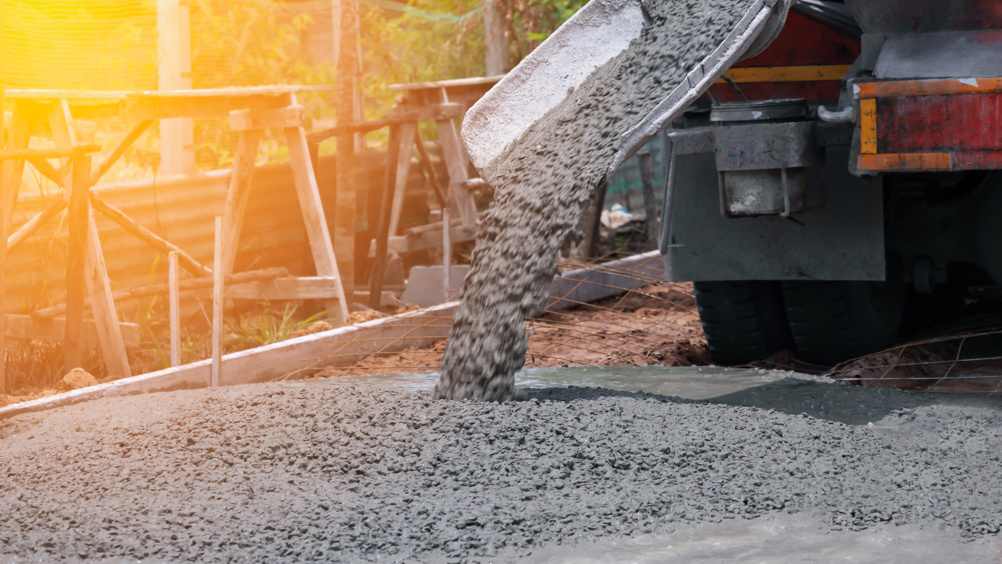US team stores captured CO2 in concrete
CO2 removed from the atmosphere has been successfully stored in concrete for the first time, according to the US team behind the trial.

The project saw California-based Heirloom – a specialist in direct air capture (DAC) carbon removal – team up with CarbonCure, whose reclaimed water technology injects CO2 into concrete wastewater, where it mineralises. This CO2/concrete slurry is a permanent store for the carbon and can be used in new concrete mixes. The trial took place at a plant in San Jose, California belonging to Central Concrete, which used the resulting concrete in a range of construction projects across the Bay Area.
“This demonstration project is a global milestone for carbon removal technology that confirms concrete’s enormous potential as a climate solution that can permanently store carbon in our most essential infrastructure - from roads and runways to hospitals and housing,” said Robert Niven, chair and CEO of CarbonCure Technologies. “We’re thrilled to be collaborating with Heirloom and Central Concrete on this groundbreaking world first.”
CarbonCure’s model of transforming CO2 from a waste stream into a resource for the construction industry has won several awards, including the Carbon X-Prize. It takes wastewater collected from washing out the inside of mixing trucks, then combines this with CO2 to create an upcycled construction resource. The company claims its technology can reduce the use of fresh water by 17-20 per cent, cut virgin cement use by 8-10 per cent, and save 15kg of CO2 for every cubic metre of concrete.
Register now to continue reading
Thanks for visiting The Engineer. You’ve now reached your monthly limit of news stories. Register for free to unlock unlimited access to all of our news coverage, as well as premium content including opinion, in-depth features and special reports.
Benefits of registering
-
In-depth insights and coverage of key emerging trends
-
Unrestricted access to special reports throughout the year
-
Daily technology news delivered straight to your inbox










UK Enters ‘Golden Age of Nuclear’
The delay (nearly 8 years) in getting approval for the Rolls-Royce SMR is most worrying. Signifies a torpid and expensive system that is quite onerous...